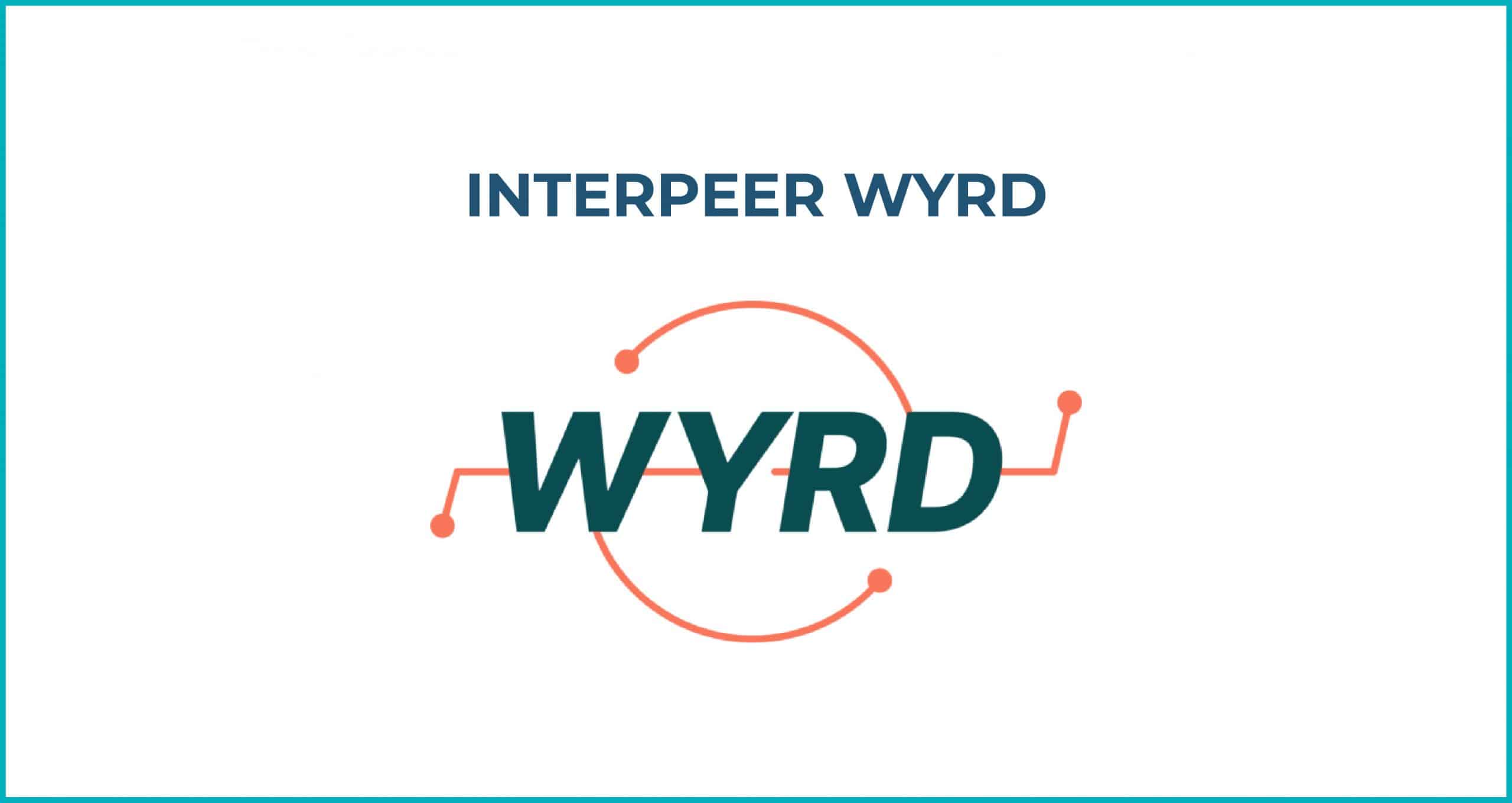
The What
Wyrd is a free, open-source library that implements Conflict-Free Replicated Data Types (CRDTs), written in C++ with a C API. It enables users to collaborate on shared data without the need for central servers, synchronising edits across devices in a reliable, deterministic way. Wyrd connects to Vessel, a DAG-based protocol that ensures a consistent ordering of operations across peers.
Together, these components allow developers to build collaborative applications—like editors, chat tools, or media platforms—that work peer-to-peer, offline-first, and remain synchronised over time. NGI support has helped Interpeer improve the protocol stack and explore real-world performance in high-bandwidth, low-latency scenarios.
For What
Wyrd is intended for developers and teams building decentralised collaboration tools that need to work across distributed, disconnected, or delay-tolerant networks. It can be used for peer-to-peer video, document editing, and shared media applications, especially in environments where traditional infrastructure is unavailable, untrusted, or constrained.
Unlike systems built around central servers, Wyrd enables fully autonomous applications—resilient, transparent, and privacy-preserving by default.
THE REACH
Wyrd is part of the broader Interpeer Project, supported by NGI Assure and the Internet Society. The code is developed openly and publicly, with documentation and community participation aimed at building a reusable protocol stack for decentralised applications.
The project’s modular approach includes Wyrd for CRDTs, Vessel for transport and consistency, Channeler for multiplexing, and Caprock for access control—designed to support a wide range of peer-to-peer systems.
THE MILESTONES
With support from NGI and NLnet, the Interpeer Project has implemented and tested Wyrd as a functioning CRDT engine. It has been successfully integrated with the Vessel protocol to support structured collaboration without servers.
What began as a research effort has become a working model for decentralised architecture, proving that it’s possible to build collaborative, performant, and privacy-respecting applications without relying on the centralised web.





